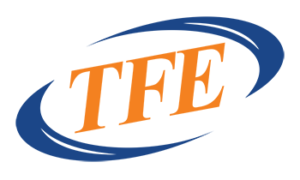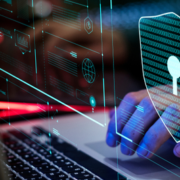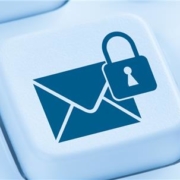Your essential guide to E-rate funding for schools and libraries
Internet access has become absolutely vital to effective schools and libraries. Unfortunately, funding is not always readily available in some areas, which is why a government-funded discount program exists to aid schools and libraries in staying current on vital technology.
The Universal Service Schools and Libraries Program – commonly known as the E-rate program – provides discounts to eligible schools and libraries for telecommunications services, internal connections, IT solutions, and internet access. The discount is based on the percentage of students that qualify for a free or reduced-price lunch and can range from 20% to 90%.
Who qualifies?
The E-rate program is for schools and libraries that meet the following criteria:
Schools
- Elementary schools: non-profit institutional day or residential school, including a public elementary charter school, that provides elementary education, as determined under state law.
- Secondary schools: non-profit institutional day or residential school, including a public secondary charter school, that provides secondary education, as determined under state law, except that such term does not include any education beyond grade 12.
Libraries
- A public library
- A public elementary school or secondary school library
- An academic library
- A research library that makes library services and material suitable for scholarly research available to the public, and is not an integral part of an institution of higher education
- A private library, but only if the state in which such private library is located determines that the library should be considered a library for purposes of this definition
What does E-rate cover?
E-rate covers products that fall into two categories:
- Category One: Data transmission service and internet access
- Category Two: Internal connections, managed internal broadband services, and basic maintenance of internal connections
Category one mainly describes discounts for the actual service (i.e., your internet provider) and category two covers equipment needed to use the service as well as maintenance of that equipment.
Some of the specific services covered include:
- Cabling installation
- Telecommunication equipment
- Electrical equipment
- Communication and media-related services
- Network hardware and servers
- Computers, laptops, printers, and other peripherals
How does E-rate work?
Your first step is to apply for the program. It’s a multistep process keep good documentation as you go through each step and make sure not to miss any deadlines. The filing window during which time you are required to complete your application is in the Spring.
Once approved you are eligible to receive discounts on items detailed in the categories above.
The next step involves a competitive bidding process in which you request those products and services you need so that potential providers can review those requests and submit bids. You then select the most cost-effective provider that meets your needs. While you may have several factors under consideration in your evaluation, cost of eligible products and services must be the most primary factor.
While there is a large amount of preparation and research necessary for successful application to the E-rate funding program, it will serve your community well.
The work is worth it, and you don’t have to go through the process alone.










